

|
|
|


|
Tamiya German Tank Panther A - 56601 (Radio Controlled Model Review)1/25 Scale Electric Tank -
Released by Tamiya on December 8, 1999, the German Tank Panther A (#56601) is based on a plastic tub chassis, with a rear-mounted double gearbox driven by two 280 electric motors, that operate together or individually to produce forward/reverse running and pivot turning. A DMD Control Unit (T-02) is also provided, which consists of a FET amplifier for running of the motor and a control unit for precise steering. These technologies provide the user with superb control potential, including forward/reverse, rolling turns, pivots and super-pivots, over a wide range of speeds.
▼ Scroll Down for More Images ▼
Rating: 4
|








|
|
|

|
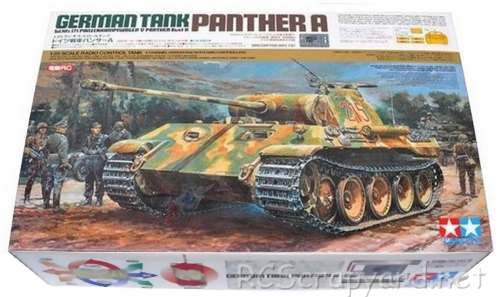
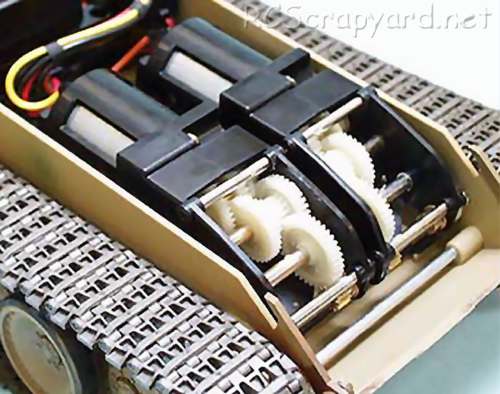
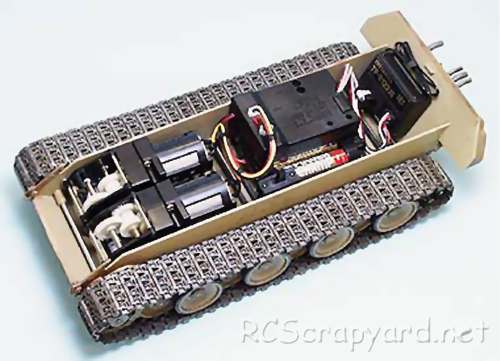
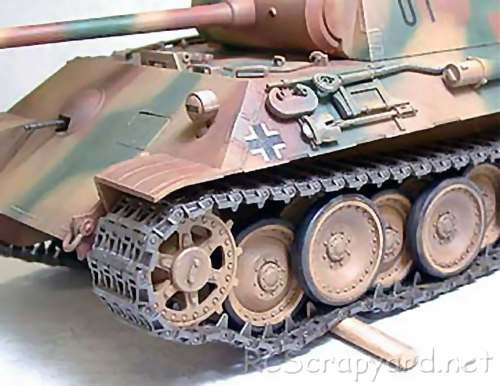
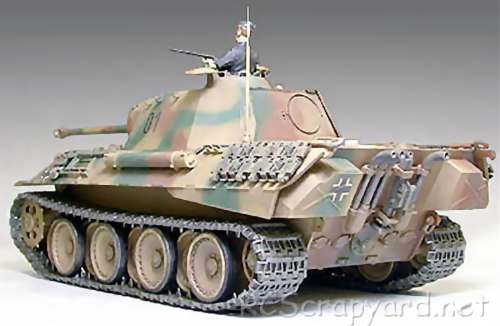
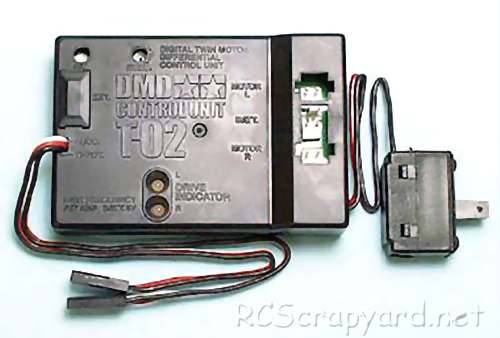
|
Hints, Tips and Information
How to avoid Radio Interference
1/ The first consideration when installing your Receiver into your Electrically Powered Model is to make sure it is well away from the Negative Battery terminal, and the Motor. The Magnetic field can cause stuttering type interference at times of high current draw (i.e., Fast Acceleration) |









|






|
|
|
|
Hints, Tips and Information Electric Motors for RC ModelsWinds and Turns
Q/ What does 15x2 or 17x3 mean? |
|
Hints, Tips and Information
Bumpsteer
In plain language, Bumpsteer is exactly what it sounds like. If your car goes over a bump, it will affect the toe-in setting and can on some tracks make handling of the car in a straight line difficult. |
|
RC Models:
|
Radio & Motors: |
Other
Accessories: |